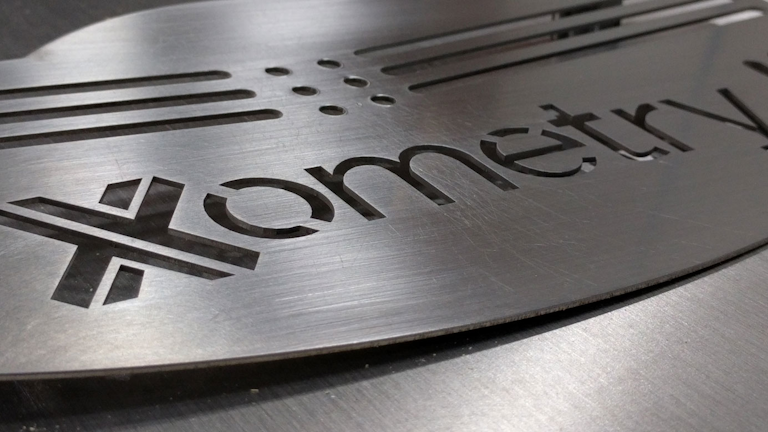Bend a flange all the way over and you have a hem.
Sheet metal strengthening features.
Closed hems are basically flat with the material folded over completely on itself.
Bends bends are the most typical feature of sheet metal parts and can be formed by a variety of methods and machines which negate the absolute need for some of the below tips.
This also gives a nice finished look to an edge of a panel.
Wire edging has been a widely used sheet metal strengthening method for a long time.
The most important feature of a sheet metal design is the sheet metal s ability to withstand stress and succeed through the flexure test.
Structural designers often use low carbon steel or stainless steel instead of low carbon steel or replace the ordinary aluminum alloy with a hard aluminum alloy with high strength and hardness and it is expected to increase the rigidity of the part.
Rolling sheet metal edges with wire strengthens the panel in two ways that ordinary sheet metal bending doesn t.
Two ways to add strengthening ribs are with mate s rollerball tool and a beaded emboss tool.
A seam is a joint where the two ends of the sheet meet.
Extremely thin sheets are considered foil or leaf and pieces thicker than 6 mm 0 25 in are considered plate steel or structural steel.
An open hem is one that forms a u or c shape and might be used to accept a pin for a hinge.
As the material is deformed the effective material thickness increases strengthening the material.
The minumum flange length is based on the die used to bend.
However in some circumstances when the design requires certain types of geometry you can use non sheet metal feature tools then insert bends or convert the part to sheet metal.
There are specific sheet metal features you can use to create sheet metal bodies quickly.
The coils are formed by running a continuous sheet of metal through a roll slitter.
However for typical parts meant to be cost effective and easily produced the following tips should be useful.
Sheet metal is available in flat pieces or coiled strips.
The test is used to visualize the k factor in the area of bending.
The k factor in the area of bending is visualized depending on the process adopted for bending.
They are used to strengthen part edges.
The second is it benefits from the structural integrity that the wire hidden inside gives.
The process of bending usually generates more strain on the outer surface of the sheet metal as compared to the inner one.
Grooved seam grooved seam is one the most effective ways to provide strength to the sheet metal especially when you want a round shape pipe from the sheet.
It is important that the sheet metal stock must withstand stress in a flexure test.
One is that by metal being folded over itself it has doubled in thickness.

